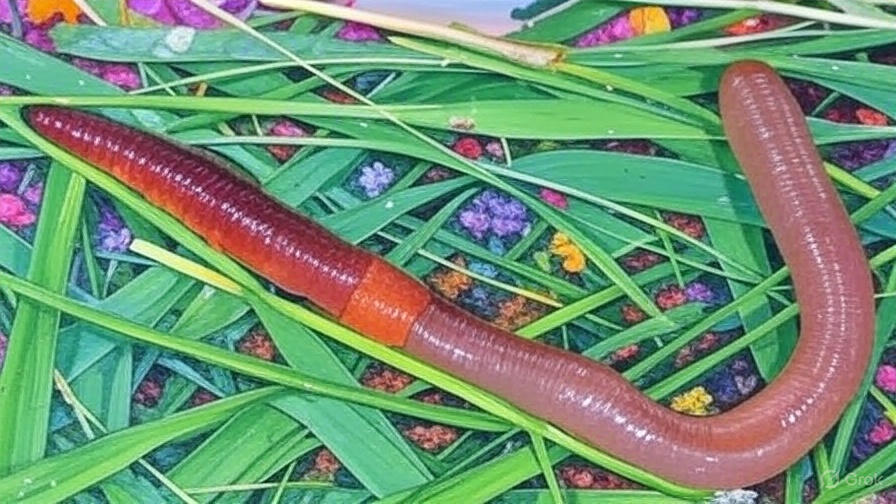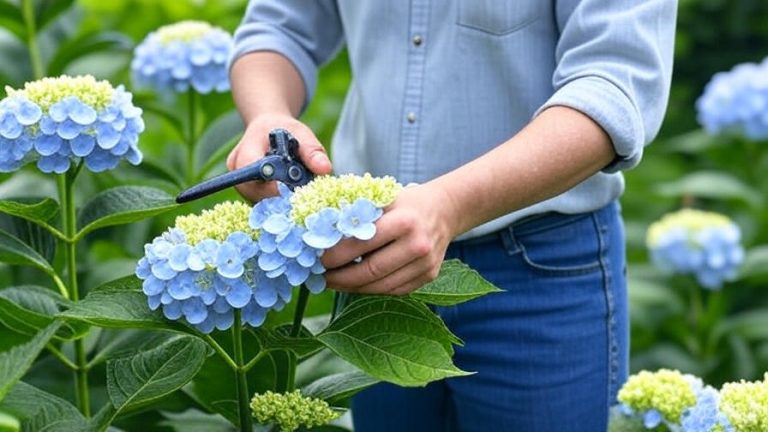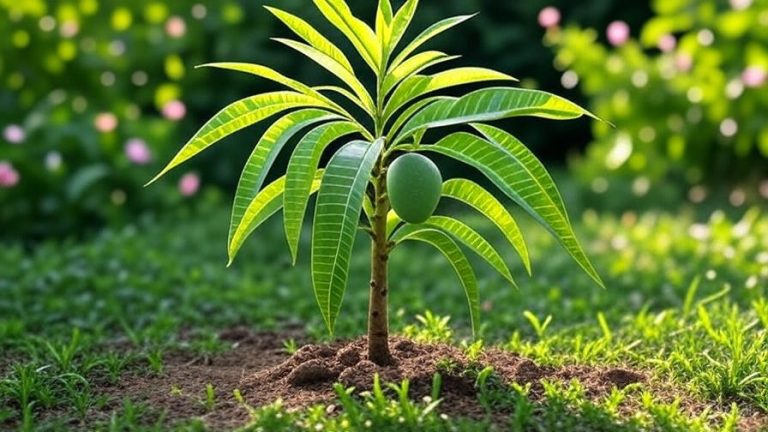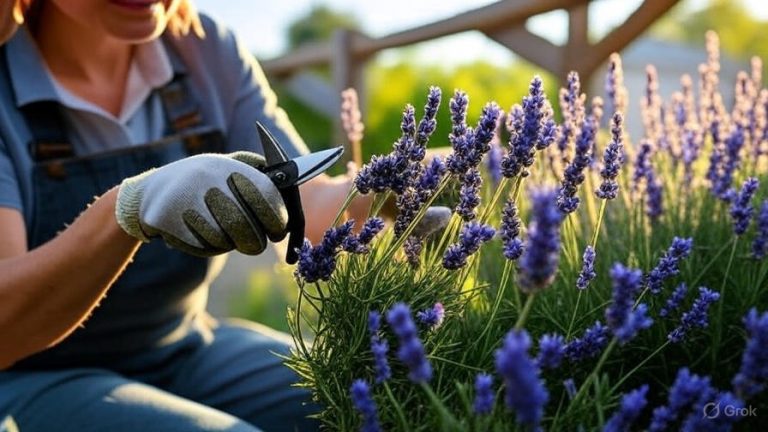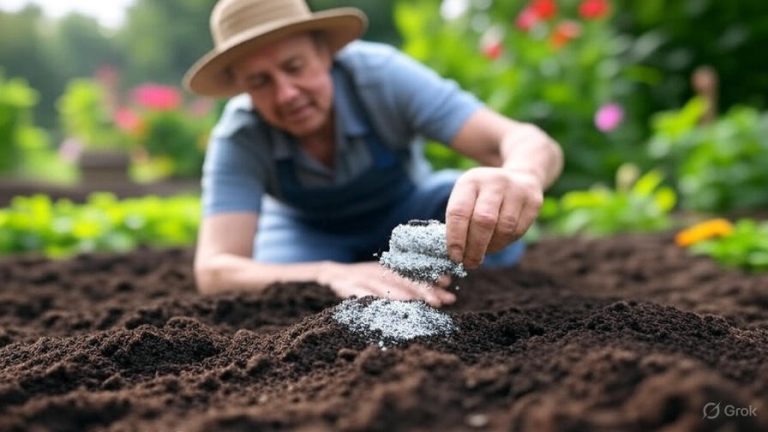How Are Asian Jumping Worms Bad?
Asian jumping worms, often called crazy worms, snake worms, or Alabama jumpers, are shaking up ecosystems across North America. These invasive species, originally from East Asia, have spread rapidly, leaving a trail of destruction in gardens, forests, and agricultural lands. Unlike the helpful earthworms you might picture aerating your soil, Asian jumping worms wreak havoc on the environment. But how exactly are they bad, and why should you care? This blog post dives deep into the ecological, agricultural, and economic damage caused by these wriggling invaders. Let’s explore their impact, why they’re a problem, and what you can do about them.
What Are Asian Jumping Worms?
Asian jumping worms (Amynthas species) are invasive earthworms native to countries like Japan and Korea. First spotted in the U.S. in the early 1900s, they’ve since spread across states like Wisconsin, Minnesota, New York, and beyond. These worms earned their name from their vigorous, snake-like thrashing when disturbed, unlike the calm wiggle of common earthworms. Measuring 4 to 8 inches long, they have a smooth, glossy body with a distinctive cream-colored band (clitellum) near their head.
Unlike European earthworms, which many gardeners welcome, Asian jumping worms live near the soil surface, reproduce rapidly, and consume organic matter at an alarming rate. Their behavior disrupts soil health, harms plants, and threatens entire ecosystems. Let’s break down the reasons these worms spell trouble.
They Destroy Soil Structure
Healthy soil is the backbone of thriving ecosystems, gardens, and farms. Asian jumping worms, however, tear it apart. These worms feed aggressively on organic matter like leaf litter, mulch, and compost. As they munch through the soil’s top layer, they leave behind a loose, grainy texture resembling coffee grounds. This altered soil structure, often called “castings,” lacks the cohesion needed to support plant roots.
Why does this matter? Plants rely on stable soil to anchor their roots and access water and nutrients. The crumbly, dry soil left by jumping worms erodes easily, especially during heavy rain. This erosion washes away vital nutrients, leaving plants weak and vulnerable. Gardeners often notice their flowers, vegetables, or shrubs wilting despite regular care, unaware that jumping worms are the culprits below the surface.
In forests, the damage is even more pronounced. Native plants, like wildflowers and ferns, struggle to survive in the altered soil. Trees, especially young saplings, face stunted growth as their roots lose stability. Over time, this disruption threatens entire forest ecosystems, reducing biodiversity and weakening the landscape.
They Outcompete Native Species
Asian jumping worms don’t play nice with other soil dwellers. Their rapid reproduction and voracious appetite give them an edge over native earthworms and soil organisms. A single jumping worm can produce up to 60 offspring in a season, and they don’t need a mate to reproduce—a process called parthenogenesis. This means one worm can spark an infestation.
As they spread, jumping worms dominate soil environments, pushing out native earthworms and beneficial microbes. Native worms, like those in the Lumbricus genus, work slowly to enrich soil, creating tunnels that improve aeration and water retention. Jumping worms, on the other hand, churn through organic matter so quickly that they deplete resources other organisms need to survive.
This competition ripples through the ecosystem. Soil microbes, insects, and even amphibians that rely on stable soil habitats lose their footing. For example, salamanders, which depend on moist leaf litter for shelter, face habitat loss as jumping worms strip away organic layers. The result? A cascading decline in biodiversity that weakens ecosystems.
They Harm Gardens and Agriculture
Gardeners and farmers face a nightmare with Asian jumping worms. These worms devastate ornamental gardens, vegetable patches, and crops by altering soil conditions. The loose, nutrient-poor soil they create makes it hard for plants to thrive. Home gardeners often report stunted vegetables, wilting flowers, and patchy lawns after an infestation.
In agriculture, the stakes are higher. Jumping worms reduce soil fertility, which directly impacts crop yields. For instance, corn and soybean farmers in the Midwest have noticed declining productivity in fields invaded by these worms. The worms’ castings dry out quickly, reducing the soil’s ability to retain water—a critical factor for crops during dry spells. This forces farmers to use more irrigation and fertilizers, driving up costs and environmental strain.
Nurseries and landscaping businesses also feel the pinch. Jumping worms hitch a ride in potted plants, mulch, and compost, spreading to new areas. Customers unknowingly buy infested products, introducing worms to their yards. This cycle makes it tough for businesses to maintain healthy stock and avoid spreading the problem.
They Disrupt Forest Ecosystems
Forests are particularly vulnerable to Asian jumping worms. In North America, many forests evolved without earthworms after the last Ice Age wiped out native species. When European earthworms arrived, they caused some disruption, but Asian jumping worms take it to another level. By consuming leaf litter at an unprecedented rate, they strip away the forest floor’s protective layer.
This loss of leaf litter has serious consequences. It exposes soil to erosion, dries out the ground, and removes habitat for ground-dwelling creatures like insects, amphibians, and small mammals. Native plants, such as trilliums and ferns, struggle to germinate in the altered soil, leading to a decline in forest understory diversity. Over time, this weakens the forest’s ability to support wildlife and regenerate.
Birds and mammals that rely on insects or seeds from native plants face food shortages. For example, ground-nesting birds like ovenbirds lose nesting sites as the forest floor becomes barren. The ripple effect can alter entire food webs, threatening the balance of forest ecosystems.
They Spread Rapidly and Are Hard to Control
Asian jumping worms are masters of invasion. They spread through human activities, hitching rides in soil, mulch, compost, and potted plants. Gardeners, landscapers, and anglers (who sometimes use them as bait) unintentionally transport them to new areas. Once established, their rapid reproduction makes them nearly impossible to eradicate.
Controlling jumping worms is a challenge. They thrive in a wide range of conditions, from urban gardens to rural forests. Chemical pesticides often harm beneficial soil organisms and pollute waterways, making them a risky option. Physical removal, like hand-picking worms, is labor-intensive and only works for small areas. Heat-treating soil or compost to kill worms and their eggs requires specialized equipment and isn’t practical for most people.
Prevention is the best defense, but it’s not foolproof. Inspecting plants and soil for worms before bringing them home helps, but their tiny eggs (cocoons) are hard to spot. These cocoons can survive harsh winters, hatching in spring to start the cycle again. This resilience makes jumping worms a persistent threat.
They Impact Property Values and Aesthetics
Believe it or not, Asian jumping worms can hit your wallet. Properties with infested soil often lose curb appeal as lawns and gardens suffer. Patchy grass, wilting plants, and eroded soil don’t exactly scream “dream home.” Homeowners may face costly landscaping repairs to restore their yards, and real estate agents report that severe infestations can lower property values.
For businesses like nurseries or golf courses, the stakes are even higher. Customers avoid buying from nurseries known to sell infested plants, and golf courses struggle to maintain pristine fairways. The aesthetic damage caused by jumping worms translates directly into financial losses.
Economic Costs of Managing Infestations
Dealing with Asian jumping worms isn’t cheap. Homeowners, farmers, and municipalities spend significant resources to manage infestations. Replacing damaged plants, buying extra fertilizers, and investing in soil restoration add up quickly. For example, a single homeowner might spend hundreds of dollars on new topsoil or native plants to repair a worm-ravaged garden.
On a larger scale, agricultural losses from reduced crop yields strain farmers’ budgets. Municipalities may need to fund restoration projects in public parks or forests, diverting money from other services. The economic toll underscores why jumping worms are more than just a backyard nuisance—they’re a widespread problem with real financial consequences.
They Threaten Native Plant Restoration Efforts
Conservationists work hard to restore native plant communities, but Asian jumping worms throw a wrench in those efforts. Native plants, like milkweed or goldenrod, are critical for supporting pollinators and wildlife. However, jumping worms make it nearly impossible for these plants to establish roots in infested soil. Restoration projects in forests, prairies, and wetlands face setbacks as worms degrade the soil and outcompete native species.
For example, in the Upper Midwest, efforts to restore oak savannas rely on healthy soil to support native grasses and trees. Jumping worms disrupt these projects by altering soil conditions, forcing conservationists to rethink their strategies. This not only delays progress but also increases costs for already underfunded programs.
How to Spot Asian Jumping Worms
Identifying Asian jumping worms is the first step to managing them. Look for these signs:
- Appearance: Smooth, glossy bodies with a cream-colored clitellum (band) that sits flush with the body, unlike the raised band on European earthworms.
- Behavior: Vigorous thrashing or jumping when disturbed, often resembling a snake’s movement.
- Soil texture: Loose, granular soil resembling coffee grounds, especially in the top few inches.
- Location: Often found in gardens, forests, or near compost piles, particularly in late summer or fall when they’re most active.
If you suspect jumping worms, act quickly. Early detection can prevent a full-blown infestation.
What You Can Do to Fight Asian Jumping Worms
Tackling Asian jumping worms requires vigilance and action. Here are practical steps to protect your soil and ecosystem:
- Inspect plants and soil: Before buying plants or mulch, check for worms or their coffee-ground-like castings. Ask nurseries about their pest management practices.
- Clean tools and shoes: Wash gardening tools, boots, and equipment to avoid spreading worms or their eggs.
- Avoid sharing plants: Don’t share plants or soil from infested areas with others.
- Use clean compost: Heat-treat compost to at least 105°F to kill worm eggs, or buy from reputable sources.
- Report sightings: Contact your local extension service or invasive species hotline to report infestations. This helps track their spread.
- Experiment with natural controls: Some studies suggest mustard-based solutions (like a mustard powder and water mix) can flush worms from soil for removal, though this isn’t a cure-all.
Community action also matters. Spread the word about jumping worms to neighbors, gardening clubs, and local officials. The more people know, the better we can slow their spread.
The Bigger Picture: Why We Should Care
Asian jumping worms aren’t just a problem for gardeners—they threaten entire ecosystems, economies, and food systems. Their ability to degrade soil, outcompete native species, and disrupt agriculture makes them a silent but serious threat. Left unchecked, they could reshape landscapes across North America, from urban backyards to pristine forests.
The good news? Awareness is growing. Researchers, conservationists, and gardeners are teaming up to study jumping worms and develop control methods. By staying informed and taking action, you can help protect your soil and community from these invasive pests.
Conclusion
Asian jumping worms may look harmless, but their impact is anything but. They destroy soil structure, outcompete native species, harm gardens and agriculture, disrupt forests, and drive up economic costs. Their rapid spread and resilience make them a formidable foe, but you’re not powerless. By learning to spot them, taking preventive steps, and spreading awareness, you can fight back against this invasive threat. Protect your soil, support local ecosystems, and keep these wriggling invaders at bay.

